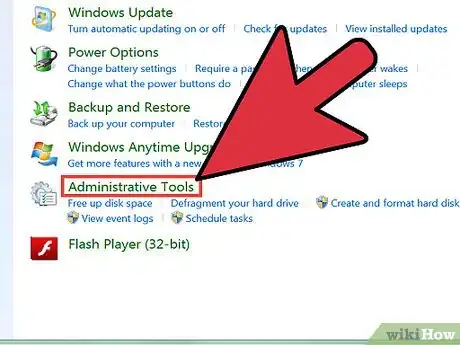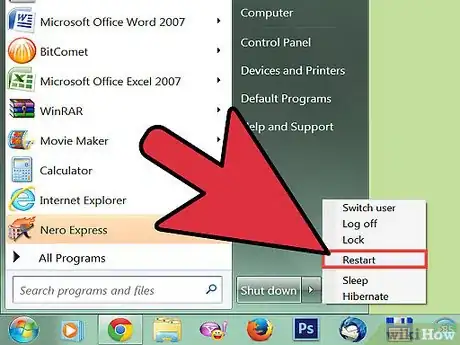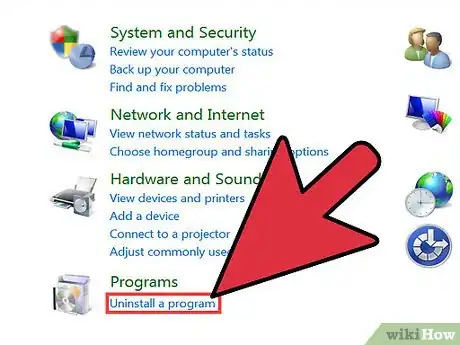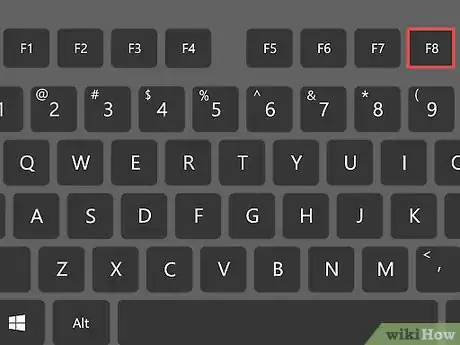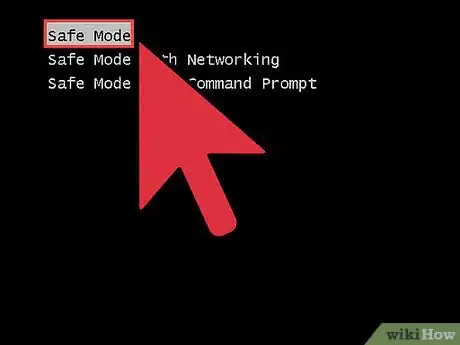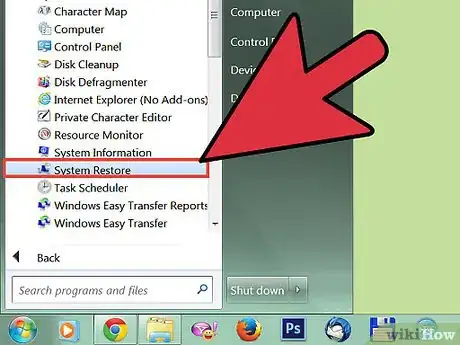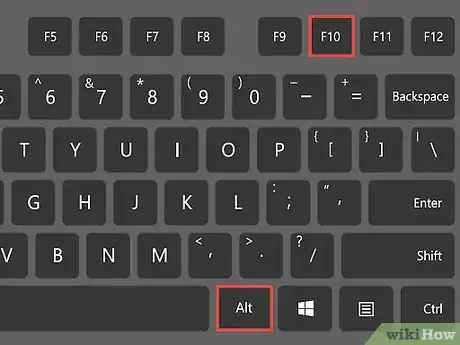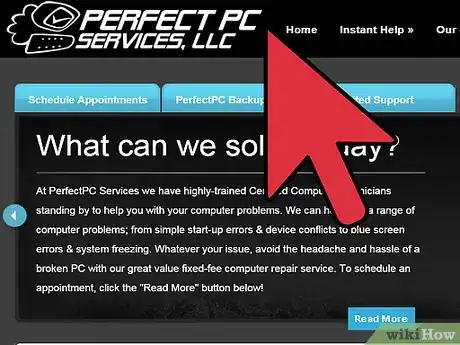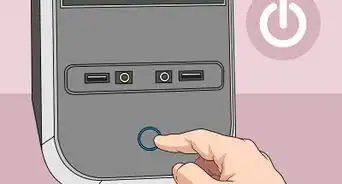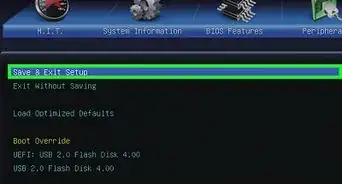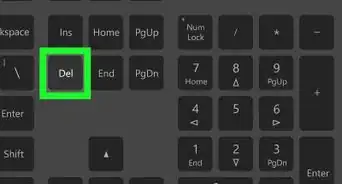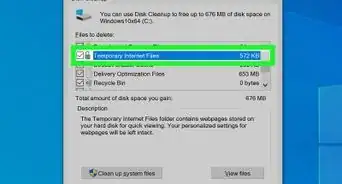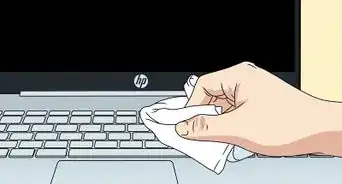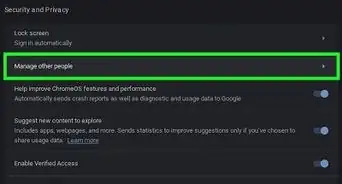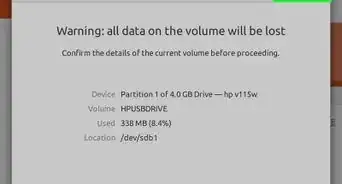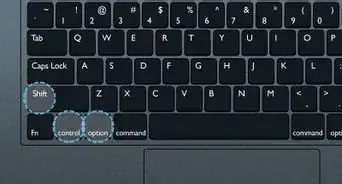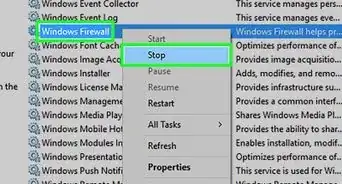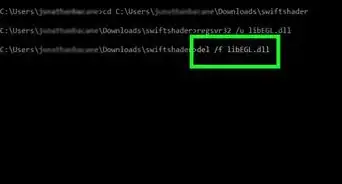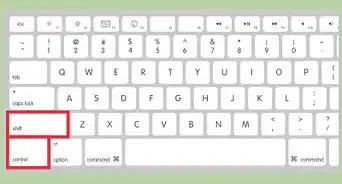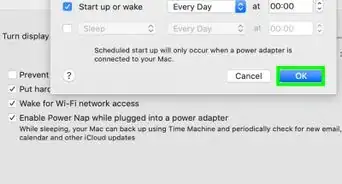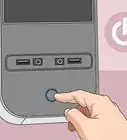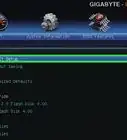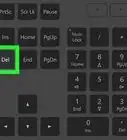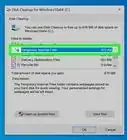This article was co-authored by Luigi Oppido. Luigi Oppido is the Owner and Operator of Pleasure Point Computers in Santa Cruz, California. Luigi has over 25 years of experience in general computer repair, data recovery, virus removal, and upgrades. He is also the host of the Computer Man Show! broadcasted on KSQD covering central California for over two years.
This article has been viewed 252,439 times.
A computer crashing can mean several things. It may indicate a serious hardware or software problem, or could just be the result of running an unstable program. Either way, diagnosing your PC and finding out the source of the crash goes a long way in helping you repair your PC. This article will teach you how to reboot a Windows computer that has crashed.
Steps
Find out the source of the problem.
-
1Try to figure out what caused the crash. This can sometimes be found by running windows in safe mode then opening Windows Log Files, or if there's a blue screen, you can see the problem written after the memory index (like: ffff01230x230) . To open Windows Logs, follow these steps:
- Click the Start button, and then click Control Panel.
- Click Performance and Maintenance, then click Administrative Tools.
- Double-click Computer Management.
-
2Check and reconnect hardware cables. In some cases, computer failure is the result of inadequate power supply or an electrical short-circuit.
- Restart your computer then double check the connections.
- Reconnect all cords and wires, and try to restart the computer.
Community Q&A
-
QuestionCan I manually solve the error "operating system not found" with a blank screen?
 Community AnswerIf no operating system is found, you should get a new operating system by downloading it and flashing it on a USB key or a disc (if the problematic computer has a disc drive), and after flashing it starting the broken computer and clicking on the correct button which will open the boot menu (the buttons can usually be found on the starting screen of the computer). From the boot menu choose the USB drive. The operating system setup will guide you from there.
Community AnswerIf no operating system is found, you should get a new operating system by downloading it and flashing it on a USB key or a disc (if the problematic computer has a disc drive), and after flashing it starting the broken computer and clicking on the correct button which will open the boot menu (the buttons can usually be found on the starting screen of the computer). From the boot menu choose the USB drive. The operating system setup will guide you from there. -
QuestionMy laptop crashing after plugging in a power cord. What can I do?
 Community AnswerTry deleting the file 'system 32' (c:\windows\System32), as this is what is causing the problem, and it will be fixed.
Community AnswerTry deleting the file 'system 32' (c:\windows\System32), as this is what is causing the problem, and it will be fixed. -
QuestionWhat could be the problem if my laptop shuts down automatically when I have been using it continuously for a while?
 Community AnswerIf you don't have your laptop plugged in, it could have run out of battery power; the battery gauge is not always accurate. Your laptop could also have gotten overheated. Wait a few minutes, make sure it is plugged in, then turn it back on again.
Community AnswerIf you don't have your laptop plugged in, it could have run out of battery power; the battery gauge is not always accurate. Your laptop could also have gotten overheated. Wait a few minutes, make sure it is plugged in, then turn it back on again.
Warnings
- Do not try to manually repair it if you have little to no knowledge of computer hardware/software.⧼thumbs_response⧽
- Make regular backups of your data. Things can go wrong easily, especially when using system repair or re-installation discs.⧼thumbs_response⧽
- Remove power cords before attempting to open up your computer to ensure that no electricity is circulating through it.⧼thumbs_response⧽
- Use an anti-static wrist strap to keep you from shorting out components.⧼thumbs_response⧽
